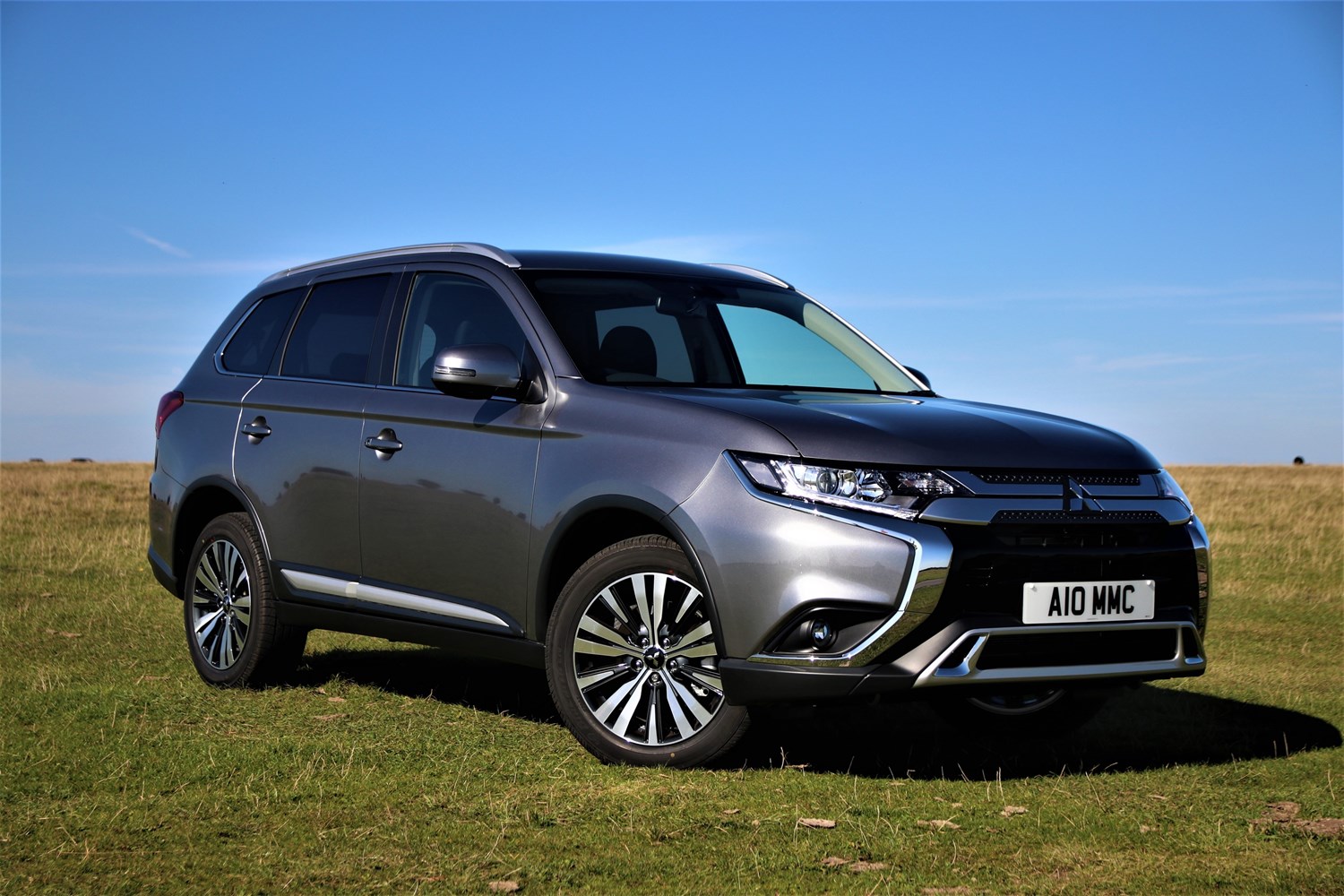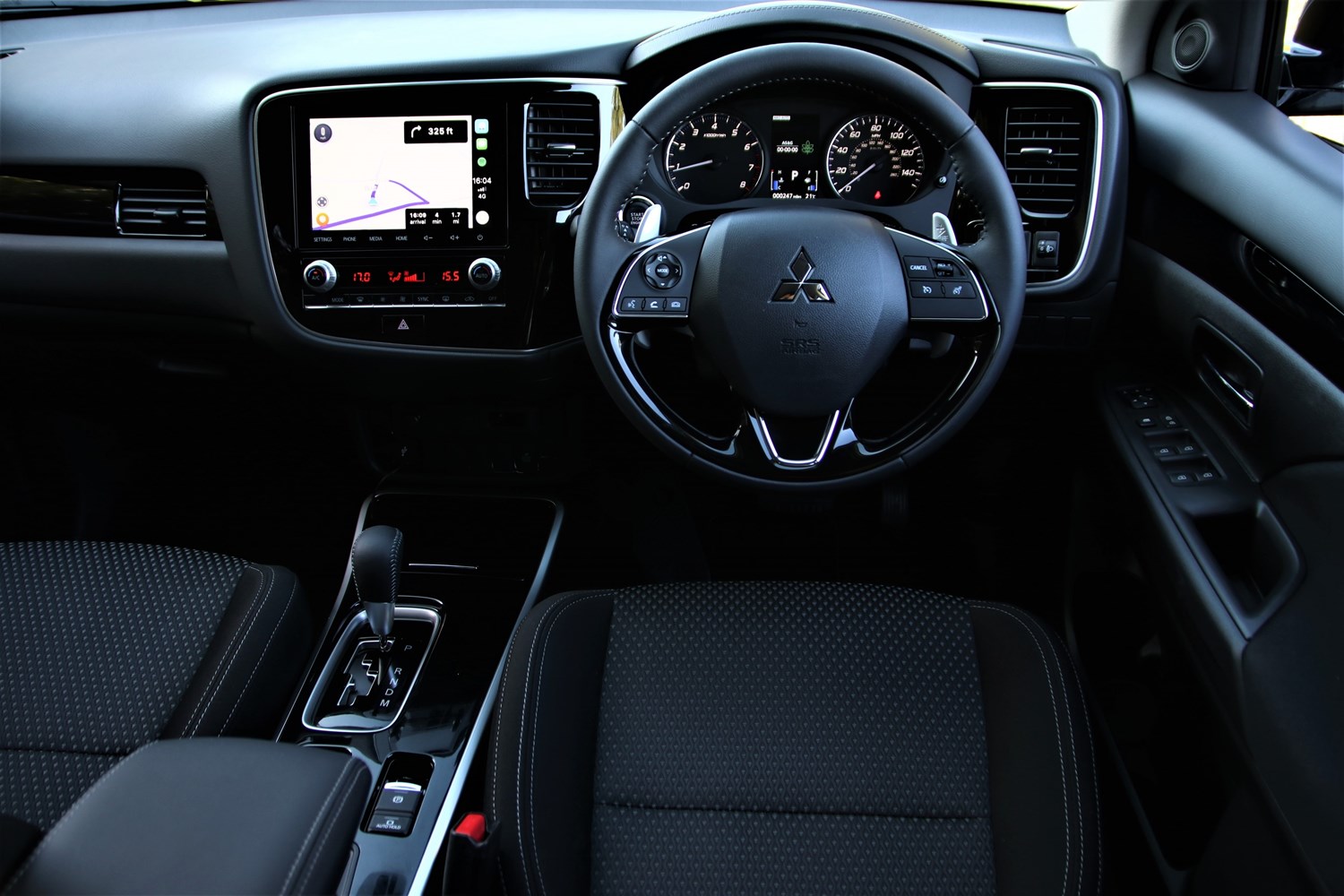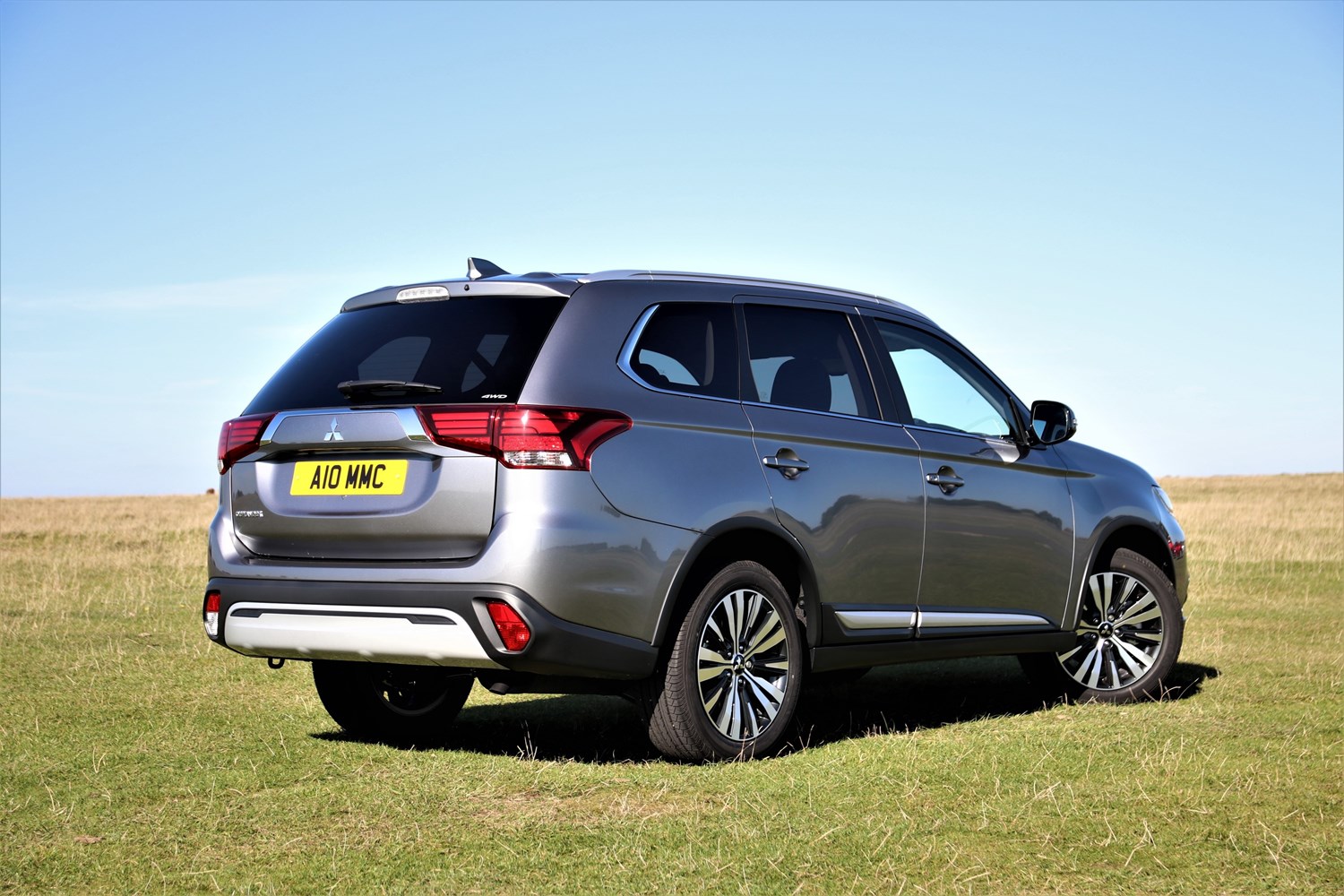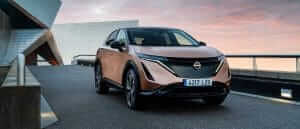Latest model
Despite the Outlander being around for some years, Mitsubishi has continued to adapt and change this SUV throughout its time, with the most recent update arriving in 2019. Here it boasted the model’s new ‘Dynamic Shield’ design – essentially bringing bolder styling to the Outlander.
As part of the update, Mitsubishi introduced a new petrol engine to the range – a 2.0-litre unit mated to a CVT automatic transmission, while changes to the dynamics also improve the way this model rides and drives.
However, in July 2020 Mitsubishi made the shock announcement that it was withdrawing from the UK and rest of Europe – saying it would no longer bring new models to the continent. Essentially the firm is now just selling existing stock of the brand at its dealer network, with a somewhat bleak outlook for all those involved with the brand in the UK.
Value for money
If you’re looking at a new Outlander, prices kick off from £29,410, and for a seven-seat SUV with plenty of standard kit, it represents decent value for money. Granted, it’s not the bargain of the century, but given you get an eight-inch touchscreen, heated front seats and a reversing camera included, you won’t feel short-changed. It’s also competitively priced next to other all-wheel seven-seat SUVs – undercutting the equivalent Honda CR-V and Volkswagen Tiguan Allspace for price. It’s also a good chunk cheaper than the plug-in hybrid version, which is around £7,000 more expensive for a like-for-like model.
It’s a good used buy too, with the current-generation Outlander available from just £7,000, though that will buy an early high-mileage car. For a model with around 80,000 miles on the clock, expect to pay around £9,000.
But the best value can be had for looking at nearly-new models, as you could save as much as £10,000 off the list price by choosing a one-year-old car – a significant saving.
Looks and image
The Outlander won’t be scooping any design awards, but its conservative styling isn’t likely to divide opinion. That said, the 2019 update helped to inject a bit more flair to this Mitsubishi – adopting a bolder front end incorporating a more prominent front grille utilising more chrome than before. Stylish 18-inch alloy wheels are also fitted to all versions of the latest model.
The interior of the Outlander is disappointing, though, lacking the quality you get with rivals. There are plenty of soft-touch plastics around the cabin, but it certainly doesn’t feel as modern or high-quality as many cars in this class, and is starting to look dated. And while it might come with an eight-inch touchscreen as standard, it’s not especially easy to use and doesn’t feel as well-integrated as other systems.
It’s a bit of a disappointing affair behind the wheel as well, with the Outlander being let down by its naturally-aspirated petrol engine – something that feels like a backwards step next to all its rivals’ turbocharged powertrains. It’s certainly no surprise that plenty of buyers flock for the PHEV version instead.




